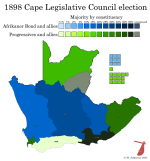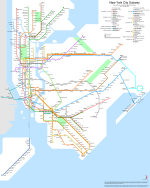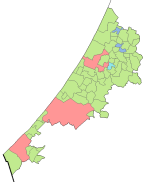Back to South Africa, and before we get into the South African War and its effects on the Cape's electoral politics, it is worth reminding ourselves that the House of Assembly was only half of a bicameral legislature. The upper house, the Legislative Council, had been set up at the same time, and was intended to provide the same kind of sober second thought that the House of Lords (theoretically at least) provided in Westminster. The Cape, of course, did not have a hereditary aristocracy, so instead the colonial administrators turned to the next-best thing: the landed rural elite, which very much did exist in the Cape and was a huge economic factor in the colony's internal life. To make sure that men of property and influence formed the backbone of the Council, the property qualification to stand for election to the upper house was set at a very hefty £2000, although AFAICT the qualification to vote was the same £25 (raised to £75 under Rhodes' electoral reforms) as for the lower house - in any case, Alan John Charrington Smith treats the voting figures for the two types of election as directly comparable, so I assume the franchises weren't too dissimilar.
The Council was elected separately from the lower house, although its electoral cycle was also five years, and unlike many upper houses in British colonies (looking at you, Australia - of course, the Victorian parliament was set up around the same time as that of the Cape, and resembled it in many ways), all seats were up for election at once. Initially, the Council had been elected from two large electoral divisions - the Western Province and the Eastern Province - which each covered about half of the colony, but over time this came to be regarded as a liability since the two provinces had strong regional identities and sometimes clashing interests, so in 1874 they were subdivided into seven new provinces. The old Western Province was divided into the Western, North-Western and South-Western Provinces, while the Eastern Province similarly became the Eastern, North-Eastern and South-Eastern Provinces. The Karoo and Orange River areas, which straddled the two old provinces, were made into a new Midland Province, and it was hoped that this would provide balance by supporting neither of the old provincial interests. Of course, by this point the diamond rush in Kimberley was well underway, and the influx of new English-speaking settlers would soon realign the Cape's politics from the old east-west divide to the Anglo-Afrikaner divide.
The other oddity of Legislative Council elections, and the probable reason they decided against staggered elections, was the use of cumulative voting. Under this system, while each voter got as many votes as there were candidates just as in lower-house elections, they could choose to give more than one of those votes to a single candidate. If voters chose to "plump" for a candidate, i.e. give them all three of their votes, that candidate would need only a third as many votes to get elected as would normally be the case, and this made it easier for minority interests to win representation. AJCS calls this "a crude form of proportional representation", and we can see the effects on the map below, as only one province (the Port Elizabeth-based South-Eastern Province) gave all its seats to the majority party.
By 1898, the Cape had expanded its territory significantly, with both the two Griqualands and British Bechuanaland being added to the colony. Griqualand East was merged into the Eastern Province, but the other two territories were made provinces in their own right, electing only one member each. This was in spite of the fact that Griqualand West, home to Kimberley and its diamond industry, had nearly as many voters as the smaller three-member provinces. Of course, these new provinces elected their members by FPTP, and in any case they were both dominated by Rhodes and the Progressive Party at this point.
The 1898 Legislative Council election was actually held several months before the lower-house election, in March of 1898, so these two maps are out of chronological order. Unlike the lower-house election, it returned a relatively healthy Progressive majority - 14 out of 23 seats - and while the upper house could not vote confidence in the government, this obviously did not make W. P. Schreiner's life easier when he took power later that year.

(A quick note - the provincial boundaries may not be 100% accurate, as I'm basing them off of the fiscal divisions as of circa 1910 and quite a few of them looked different at this point)





